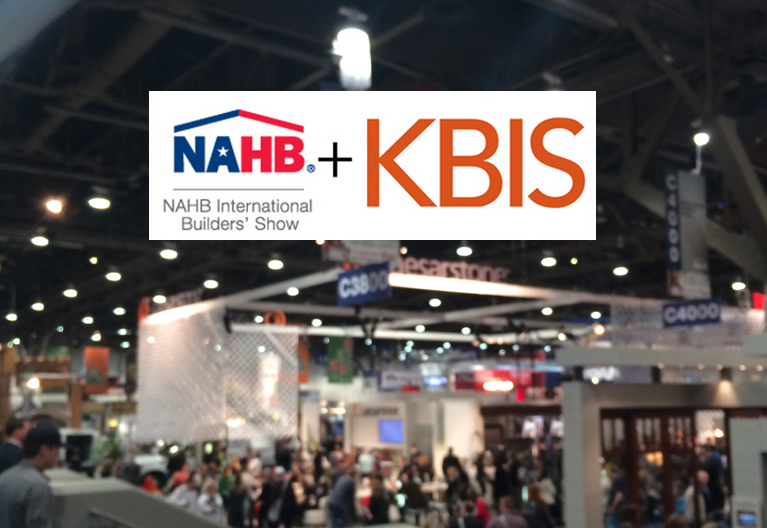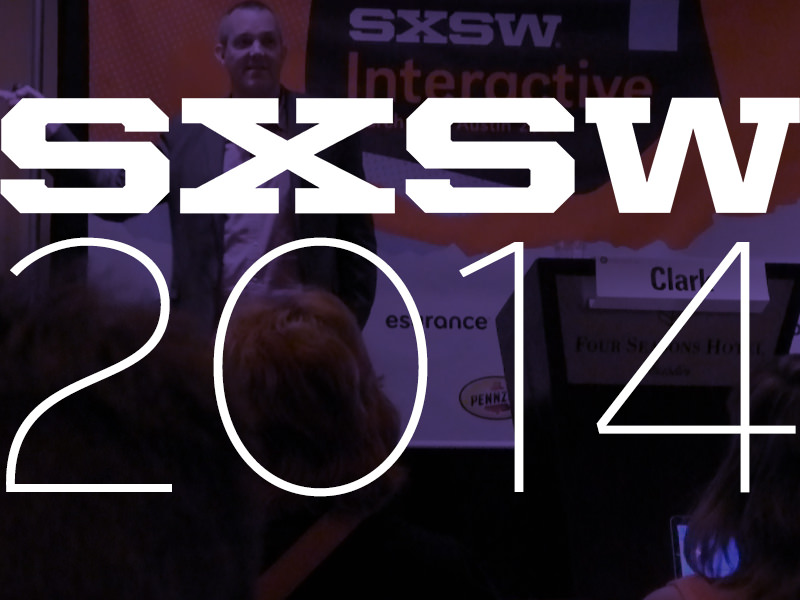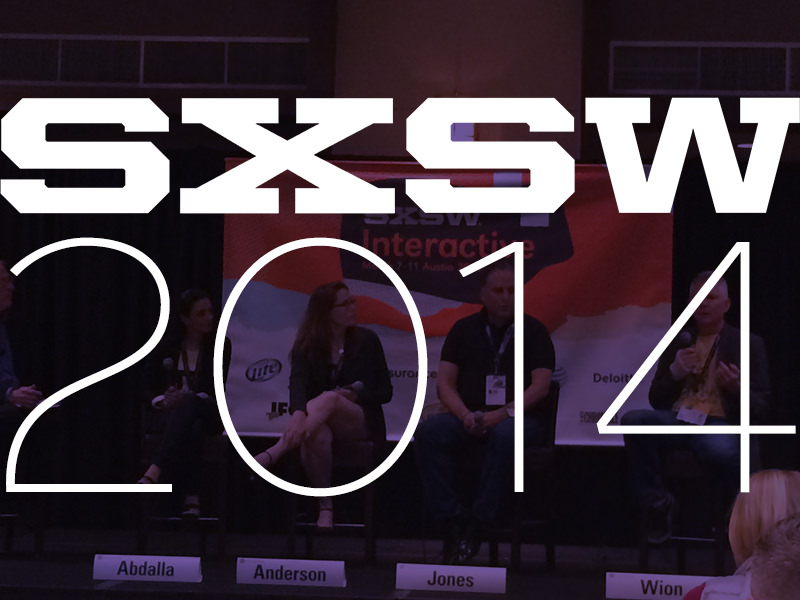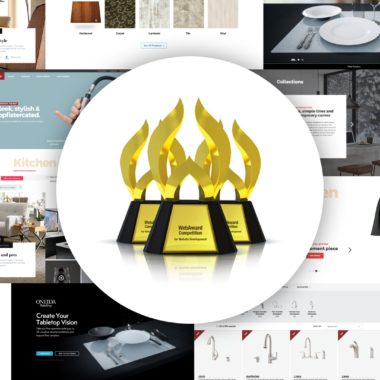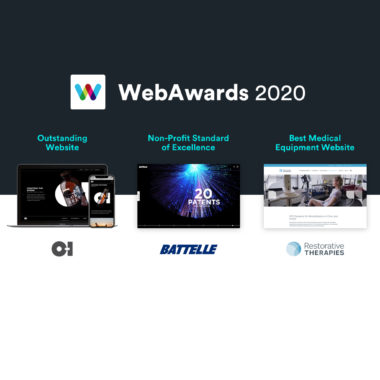Smart Appliances: More Connected Technology in the Home from IBS & KBIS 2014
Last month I visited “Design and Construction Week,” the combination of the NKBA Kitchen and Bath Industry Show (KBIS) and NAHB International Builders’ Show (IBS) in Las Vegas. I was particularly interested in connected technology in the home, and wrote a report on the devices and services that help people control their environments. Now, as a follow up to that, this post highlights the smart appliances and fixtures that caught my attention. To make sense of where I’m going, you might also be interested in my primer on the Internet of Things.
Smart Appliances: How Smart are They?
To get right to the point, I think it’s a safe assumption that the majority of appliance and fixture manufacturers seem stuck in a loop of making yearly minor changes to their products. Each year we see tweaked colors, altered textures, modified shapes, and changes to the control knobs and gauges.
Even though most home product manufacturers are competing in a highly saturated space, the rigors of business seem to restrict their innovation to incremental updates with mature products – and not on developing and introducing holistic living solutions. And most unfortunately computing technology becomes just an add-on to their own products and contexts of use, adding comfort or convenience, not really tackling the projects of life – like meal preparation or total health management. So, for the most part I saw what I expected at the shows: in 2014, touchscreens take the place of physical knobs and gauges. I’m not saying products aren’t made well or don’t have many other advancements. But the front door of opportunity for a digital revolution in the home is wide open, and it’s my opinion that the big traditional players don’t seem first in line to make an entry.
Here’s a short summary of Smart Appliances / Fixtures I feel are noteworthy for their use of connections, computing and future potential:
- Dacor Kitchen Appliances – Luxurious, Android-controlled wall ovens and ranges with integrated recipes, videos and any Google-Play app you like
- GE Brillion Technology in Appliances – The launch of Wi-Fi-connected appliances, part of a platform announced in late 2010
- NanaWall Systems NanaWellness (CubeSensor Cube) – A white-labeled device that can measure VOC levels, temperature, humidity, noise, light, pressure and movement
- Kohler Numi Comfort Smart Toilet – The most technologically advanced toilet that is all looks, no brains
Absent from these shows, but demonstrated at the Consumer Electronics Show (CES) and other events around the world, are promising solutions and points of view from Bosch, GE, LG, Samsung, Whirlpool and others. I’ll cover these another time.
Dacor Ovens and Range
Dacor announced its foray into connected solutions at CES in 2013, with the luxurious Discovery iQ 30″ wall oven featuring the Discovery iQ Controller (a 7″ Android tablet) allowing use of the built-in cooking application and guide, but also through Wi-Fi, searching for new recipes and videos and access to other Android apps through the Google Play store. The platform can even make software updates and notify a repair service when it detects a problem.
This year the functionality was extended to the Discovery iQ 48″ Range, which is truly something to behold (and own for $12,000). These appliances were given “Best of KBIS” recognition, which means that after a year Dacor is still on top when it comes to new technology in the kitchen.
You can also connect to the range or ovens from your own smartphone/tablet at home or in the store. You can set a preheat from the grocery store, monitor temperatures, and receive a text message when your food is done.
Unfortunately there’s no camera to watch your soufflés bake to perfection, but the digital interface looks very usable and visually satisfying.
Connected: @DacorKitchen Discovery iQ wifi oven – set temp at store / texts when done! #IoT #KBIS2014 pic.twitter.com/tBurvg5Ac5— Mike Osswald (@mobial) February 5, 2014
@ThisOldHouse @DacorKitchen @YouTube here is a better picture of the @Android based touch screen control pic.twitter.com/55LrCJsV0b
— Michael DiLauro (@midilauro) February 6, 2014
GE Brillion Technology in Appliances
GE also has remote connected technology for a number of its wall ovens, although the application is nowhere near as elegant. Despite the promise of “Manage your home like never before,” the Brillon mobile app basically allows you to save that 10 minutes on preheat and start the oven while you’re on the way home, or out of the kitchen. While that sounds similar, it was only this year’s iteration that let you connect outside your Wi-Fi network. GE plans on adding connected technology to more appliances in 2014.
Important side story: the Brillion name was first announced in 2010 applied to a smart energy grid solution featuring GE’s Nucleus energy-monitoring device (the first certified Zigbee gateway), smart plugs, smart meters, HVAC controls, sensor-containing appliances, and was piloted in markets throughout the U.S. in 2011 through 2013. The idea was to allow consumers to understand their energy usage, and let networked homes and devices work during off-peak times, saving money on variable priced energy. Energy management was kind of a big deal topic in 2010-2011, with Microsoft’s Hohm and Google’s PowerMeter also making news (all are now shuttered). Seems like people care a lot more about comfort and convenience than energy savings.
NanaWall Systems NanaWellness (CubeSensor Cube)
Inside the NanaWall Systems booth I found a white-labeled CubeSensor environment monitoring device and smartphone app. NanaWall makes these incredible sliding and folding glass walls for homes with a view. Through the marketing of the “NanaWellness System,” NanaWall owners can have a better sense of their environmental health – or in other words, know when to open the window.
The CubeSensor’s product (a small cube about 2.5”) is packed with sensors, and can measure VOC levels, temperature, humidity, noise, light, pressure and movement. A shake of the device causes it to emit a glow that can be interpreted. Recharging is through USB, and the cubes are supposed to be battery-powered for a month, sending out a data update each minute. The devices all report back over a Zigbee wireless protocol to a base, that then connects to Wi-Fi.
It’s great that NanaWall sees the platform as a unique part of their selling proposition, and helps extend their solution beyond the physical product.
Kohler Numi Comfort Smart Toilet
If you can afford a $6,600 toilet bowl for your glass house in the Hollywood Hills, don’t you already have a sound system in your bathroom? The Numi toilet was introduced in 2011 and it’s so “smart” that in 2013 Kohler announced an upgraded model. In addition to the automated lid, bidet and deodorizer, heated seat and foot warmer, this newest version has a Bluetooth receiver, an SD card slot, ambient lighting, and USB port for future firmware. Spraying, blowing, heating and glowing all have tons of personal settings.
This isn’t really a connected technology, but it’s about the most electronically-controlled home product on the market. Do you want to know a good use of digital technology for this kind of plumbing? How about monitoring frequency, color, shape, and size of bowel movements? How about doing urinalysis? If reading that seems gross, consider that there are a lot of people who could benefit from a “smart” toilet connected to their Fitbit (and their electronic medical record)! This thing doesn’t even sense which person is using it, yet you can save and select settings for up to six people (actually selecting yourself from a list on a toilet seems gross to me). And guess what? The remote isn’t even waterproof! I’m serious, there are missed opportunities here, and this toilet is 3 years old. (Anyway, there’s also this hackable Japanese toilet that comes with an app to track…)
What’s Next for the Connected Home?
As I noted in part one of my report on KBIS and IBS, in 2014 the big players in controlling your environment are still creating standalone solutions that shift the control knobs and feedback gauges to remote screens – which means you’re still in charge of making the changes. And the same holds true for the big appliance makers: where digital is embedded, it’s for incremental change, and it’s (mostly) proprietary. In fact, pretty much everything I saw on the market now was already out last year.
In future posts I’ll share my thoughts on other interesting platforms and solutions yet to be released from GE, LG, Samsung, Whirlpool, Bosch and others – most were disclosed at CES (much more of a venue to talk about dreams, visions and potentials).
This world of digital technology for the home is wide open for companies that aren’t constrained by the realities of ongoing business – disruptive innovation in the space from startups seems inevitable in a world with robust and active manufacturing capacity. And especially startups that get $3.2 billion from Google. Don’t think that Google’s purchase of Nest is all about the data – control of our physical world is ripe for change – and people like Nest’s serial inventor Tony Fadell are in a position to reinvent the technology for our future habitats and domestic duties. Bring on the beer-toting drones.
More on these topics to come. If you want to make a clarification or start a conversation, follow me on Twitter (@mobial,) or leave a comment below!
